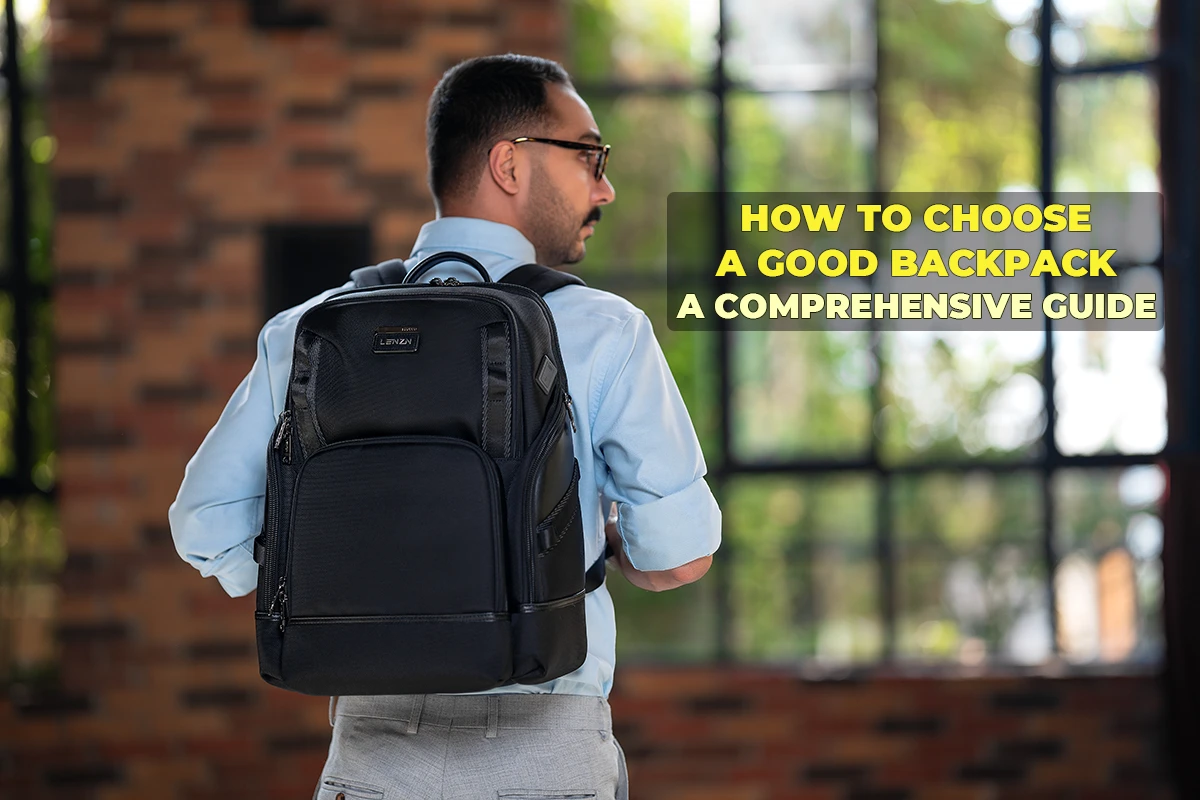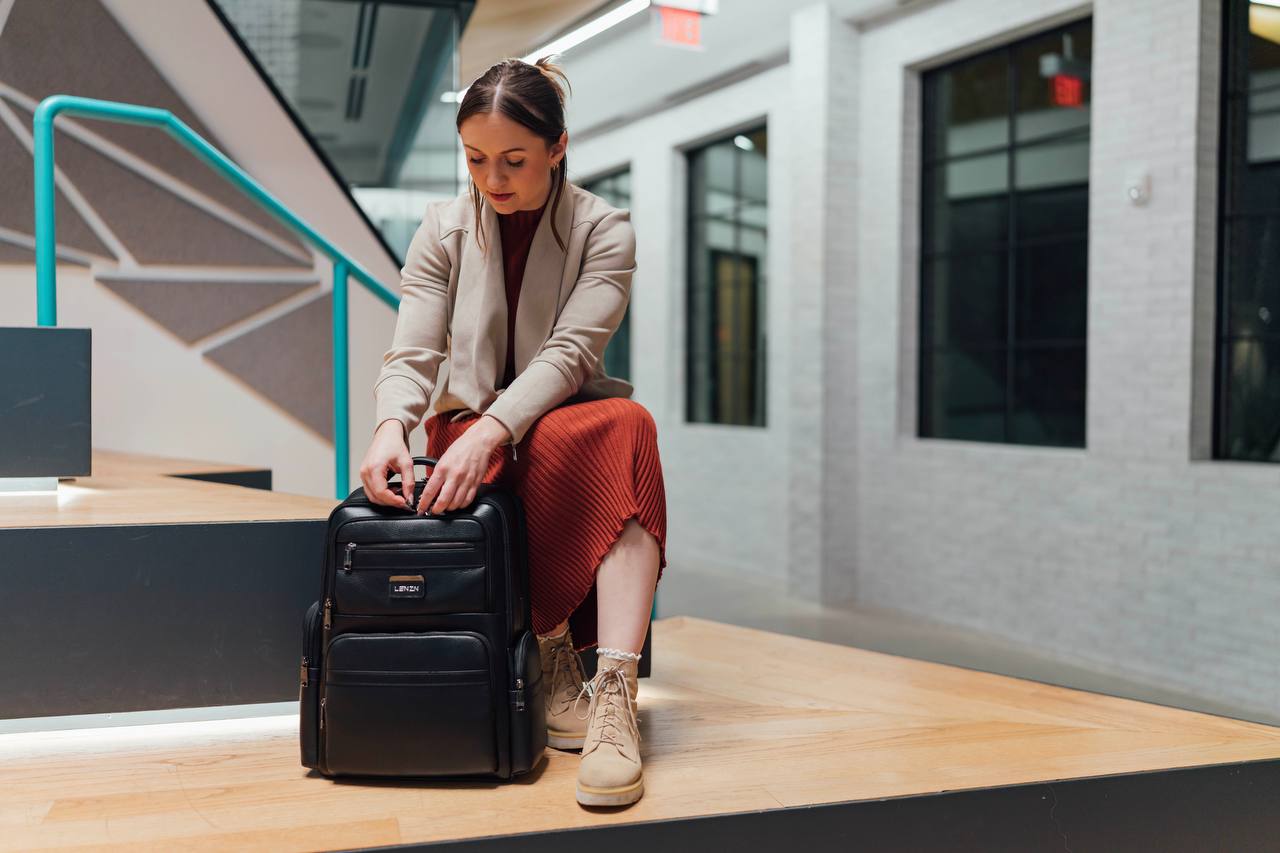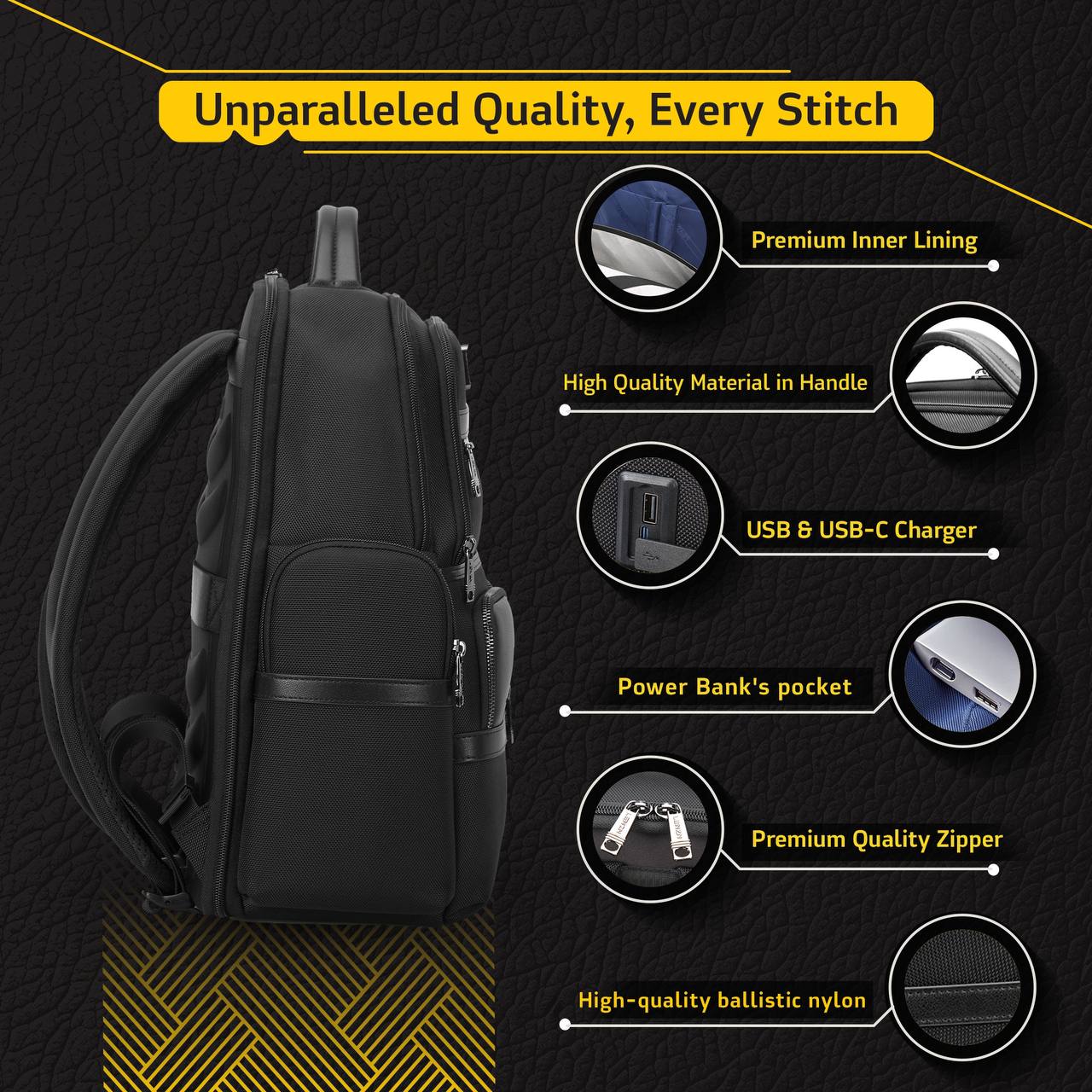Blog

How to Choose a Good Backpack: A Comprehensive Guide
Selecting the ideal backpack is crucial for enhancing your daily activities, whether you’re a student, traveler, hiker, or professional. A well-chosen backpack not only provides comfort but also ensures that your essentials are organized and easily accessible. Here’s a detailed guide to help you make an informed decision.
Determine Your Purpose
Understanding the primary use of your backpack is essential. Different activities require specific features:
-
School Backpacks: Designed to carry books, laptops, and school supplies. Look for padded compartments and multiple organizational pockets.
-
Daypacks: Ideal for short hikes, daily commutes, or casual outings. These are typically lightweight and compact.
-
Travel Backpacks: Best suited for longer trips, often featuring multiple compartments, durable materials, and security features like locking mechanisms.
-
Hiking Backpacks: Built for outdoor adventures, these often include hydration reservoirs, gear loops, and weather-resistant materials.
-
Business Backpacks: Specifically designed for professionals, these often feature padded laptop compartments, organizational sections for documents, and sleek, professional designs.
-
Laptop Backpacks: Designed to protect laptops, these backpacks usually include padded sleeves and additional pockets for accessories.

Consider Size and Capacity
Backpacks come in various sizes, measured in liters. Here’s a general guide:
-
Small (15-30 liters): Ideal for day trips or short outings.
-
Medium (30-50 liters): Great for weekend trips or daily use when you need to carry more gear.
-
Large (50+ liters): Best for extended travel or multi-day hikes.
When choosing a backpack for air travel, consider size, capacity, comfort, and style while keeping airline regulations in mind for a smooth travel experience.
Prioritize Comfort and Fit
A comfortable backpack can make a significant difference, especially during extended use:
-
Adjustable Straps: Padded shoulder straps that can be easily adjusted for a snug fit. Ensure they suit your body shape and size for long-term comfort.
-
Back Panel: A padded, ventilated back panel enhances comfort, especially for heavy loads, and helps reduce sweating by allowing airflow.
-
Weight: Consider the weight of the backpack itself. Lightweight options are easier to carry but may compromise durability or features.
-
High-Quality Zippers: Look for smooth, durable zippers that can withstand frequent use. Quality zippers are essential for easy access to your belongings.
-
Interior Linings: High-quality linings provide durability, protect your gear from wear and tear, and make it easier to clean the interior of your bag.

Evaluate Organization and Compartments
Efficient organization can save time and frustration:
-
Main Compartment: Spacious enough for your primary items.
-
Laptop Sleeve: Padded compartments to protect electronics.
-
External Pockets: Handy for quick access to items like water bottles, snacks, or small gear.
-
Specialized Compartments: Useful for tool loops, chargers, or other specialized items.
Assess Style and Aesthetics
While functionality is paramount, style also plays a role. Choose a design and color that reflects your personality and complements your attire. Whether you prefer sleek and professional or rugged and outdoorsy, many brands offer a variety of styles.

Set a Budget and Research Brands and Prices
Backpacks range from budget-friendly to premium models. Set a realistic budget and explore options within that range, comparing prices across multiple retailers to find the best deals. Reputable brands often provide better durability, warranties, and customer service, ensuring you get value for your money. Keep an eye out for seasonal sales, discounts, or bundles that can help you secure high-quality backpacks at more affordable prices.
If you travel frequently, consider backpacks that comply with airline regulations and make security checks more convenient. Features like designs that lay flat for easy scanning, dedicated compartments for laptops, and quick-access pockets for passports or boarding passes can be beneficial.
Conclusion
Choosing the right backpack requires careful consideration of your specific needs and preferences. By evaluating the purpose, size, comfort, material, organization, style, and price, you can find a backpack that enhances both functionality and your lifestyle. Investing in the right backpack will provide comfort and convenience for years to come. Happy backpack hunting!
